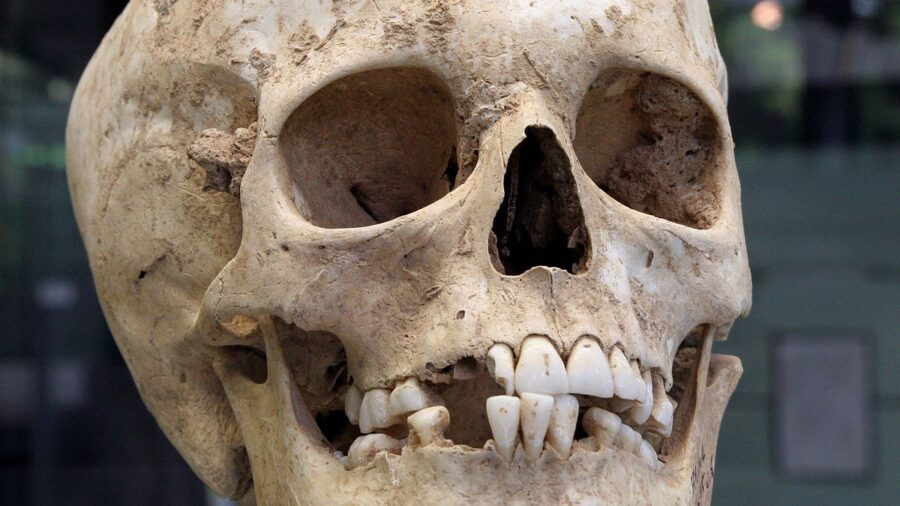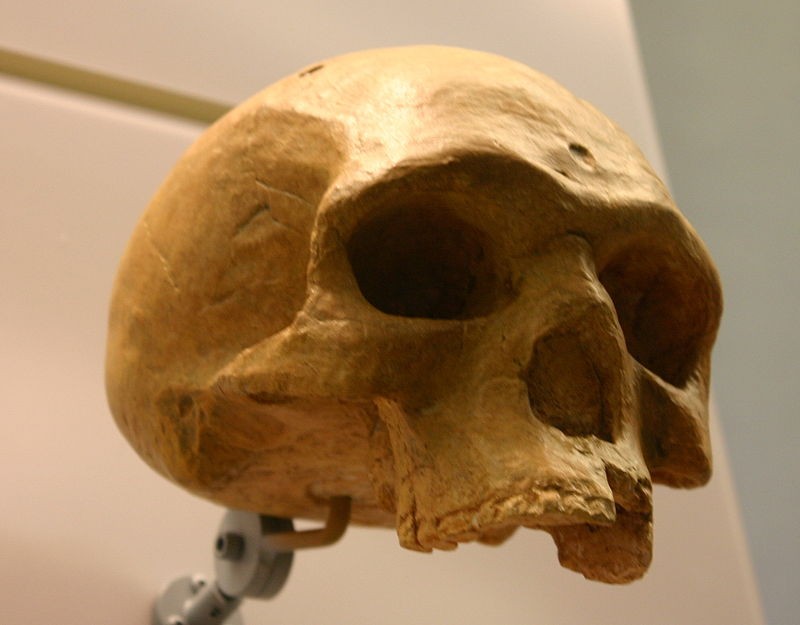Scientists Discover Brain Surgery Dates Back To The Bronze Age
Archaeologists found two skeletons with signs of rudimentary brain surgery having been performed on them.

It doesn’t take a brain surgeon to know that brain surgery is highly complex, and you probably want the most knowledgeable doctors with the best technology working on you. This is why it’s especially amazing when we find examples of the highly sensitive surgery being conducted far before modern medicine as we know it was available. IFL Science recently reported on a study that found a procedure known as trephination was performed way back in the Bronze Age.
The study examined the remains of two wealthy brothers who lived in the Bronze Age city of Megiddo, now modern-day Israel. The authors of the study found one skeleton had a hole cut in his head, which seems to be an attempt at brain surgery to relieve some disease that both brothers had. Of course, the researchers note that the fact the bones weren’t far in the healing progress indicates the surgery was a resounding failure.
As the study notes, this is the earliest recorded trephination procedure on record in that area of the world, placing the brain surgery attempt sometime in the 15th or 16th century BCE. While it’s interesting that this drastic procedure was even attempted, it’s clear that the technology and knowledge of medicine weren’t quite there yet for this to succeed. It was likely a pretty desperate last resort for the brother, that was suffering from the illness.
While this is the earliest example of this type of brain surgery in that part of the world, there have been examples of trephination that go back as early as the Neolithic period. The Neolithic period is also known as the New Stone Age and was the final era of the Stone Age overall. It began around 10,000 BCE.

The study’s authors note that the brothers had porosity, lesions, and inflammation on the membranes of the bones, leading them to believe they likely had leprosy. Trephination is one of the oldest known forms of brain surgery (and one of the oldest known procedures) and was usually done to release pressure from the brain. While the procedure may seem archaic, a similar procedure called craniotomy is still used today (with much better technique, of course) to treat epidural and subdural hematomas, tumors, and more.
It’s unclear why the brother opted for brain surgery, as no other archeological examples of trephination are being used for treating extensive lesions. As mentioned, it could have just been a last resort. It’s possible that the brother may not have lasted much longer anyway.
The study also notes that this type of brain surgery may have only been readily available to the rich. The authors point out that it would be pretty unlikely for poorer individuals to last as long as the brothers did with the diseases they had. With their skeletons ravaged by the disease, they clearly lived through it longer than they would have been able to if they didn’t have access to surgeons, medication, and other resources.












